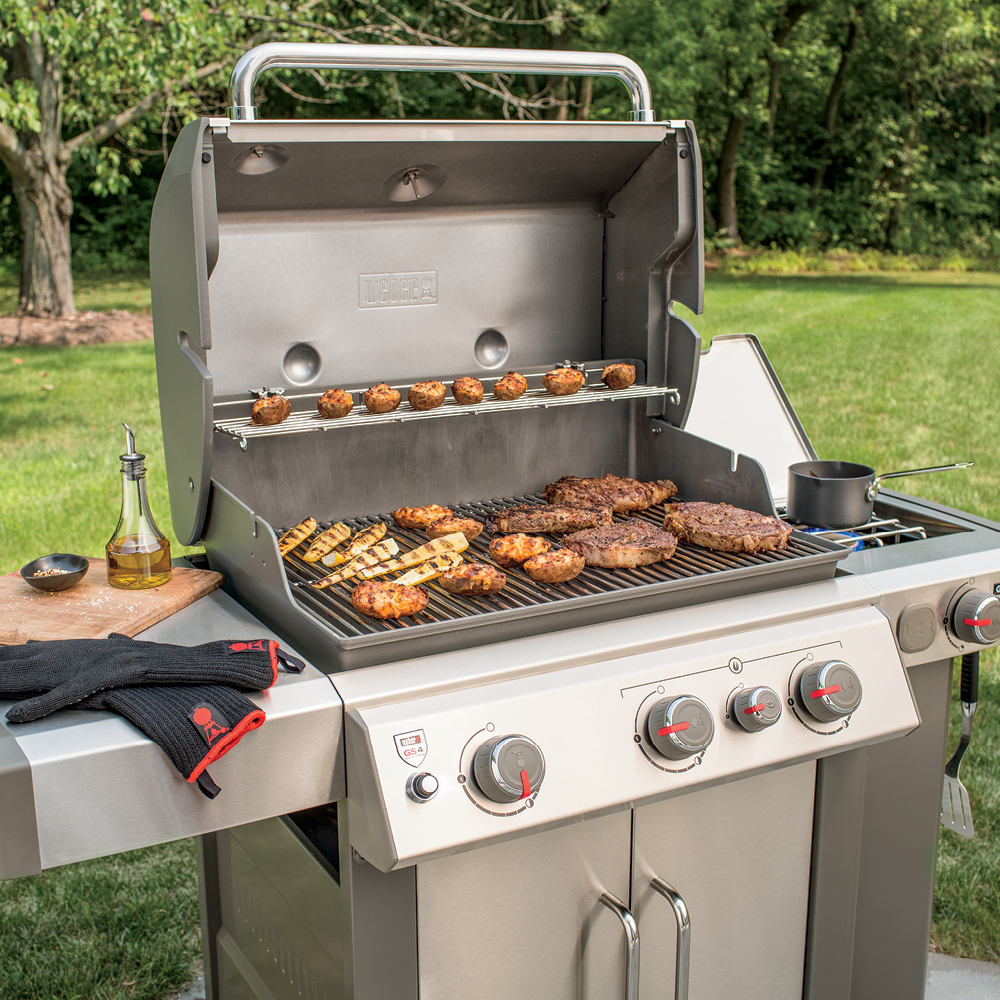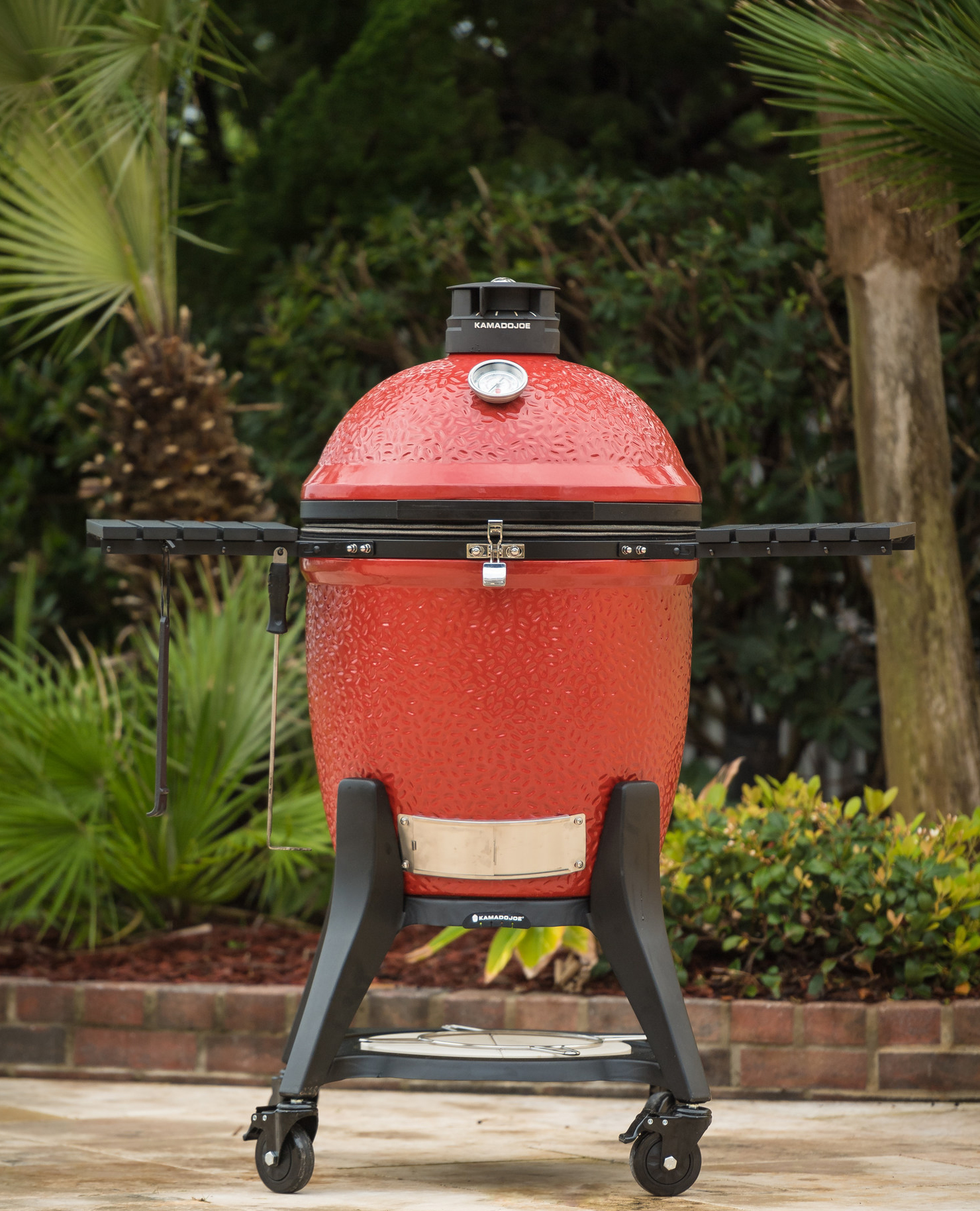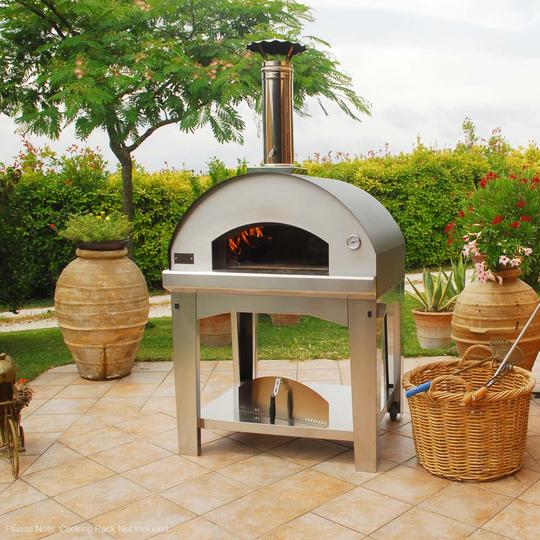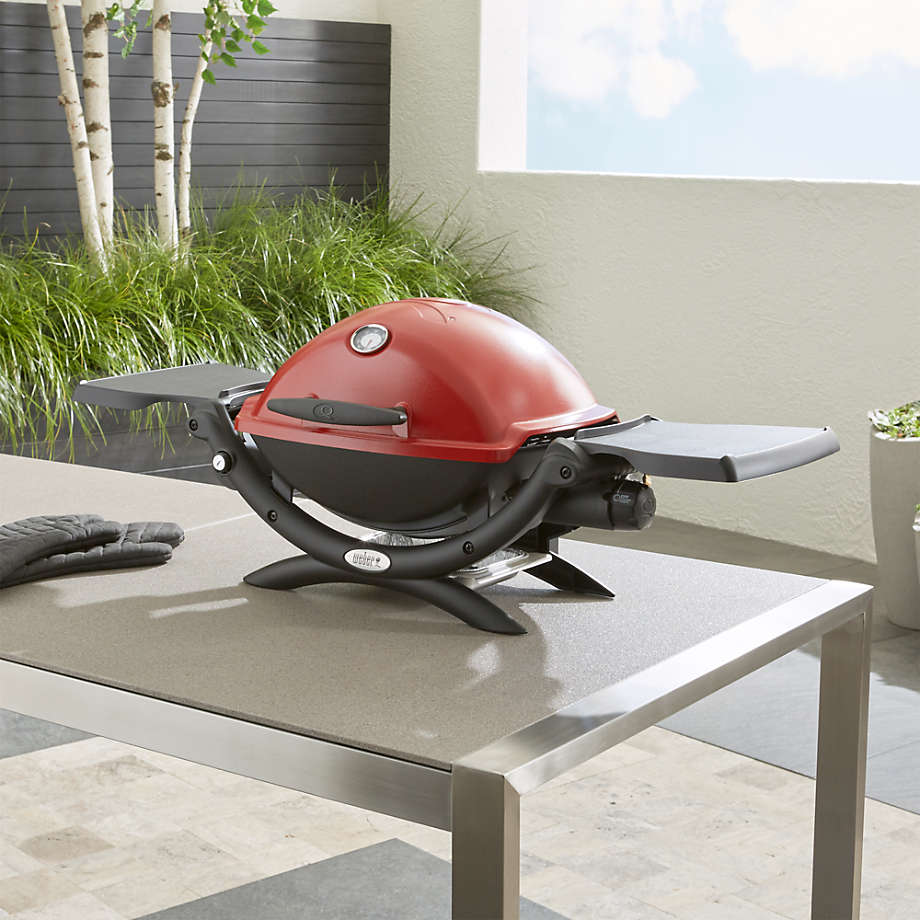How to BBQ a Prime Rib Roast in 3 Easy Steps
Barbecues are one of our home's go-to appliances for grilling and roasting. Since it often uses high heat and open flames, barbecuing on the grill is a common venture during the summer to create all sorts of dishes, from casual Wednesday afternoon family lunches to a fancier roast for a date night dinner. Whatever the reason, we use our barbecues to grill and roast different cuts of meat, and preparing them to be delicious and even pretty is often a big deal.
Typically costing about $13 a pound, the prime rib roast can be used for smoking and barbecuing. The cut, when cooked, gives a great fatty flavour that can suit all sorts of sides and more. Though it may seem pricey at first, prime rib roasts are quite worth the cost, even when barbecued at home.
If you've bought some for yourself to grill at home, we've put together this article to help show you how to BBQ a prime rib roast. You can also take the roast to a new level if you use a handful of smoking chips or a rub from Dickson Barbeque Centre.
Prepare it for barbecuing
As it is with many cuts of meat, the first step when barbecuing a prime rib roast is to prepare it first. The cut may be fattier than you and your family prefer, and you will need some seasoning to make it a proper meal.
Remove any membranes or excess fat
If your cut of prime rib roast has any excess fat, you don't want a membrane over the back of the bones, so you must first remove that. The membrane is often tough and harder to cut through, making eating the roast more of a struggle against your piece of meat after it's done cooking. It may not be needed if you plan to serve the roast with forks and knives, but removing the membrane is a good idea if your friends and family prefer to gnaw on the bones afterward.
Some cuts might also have a large chunk of fat closer to the outside of the meat. While this fat will usually render down into juices or drippings, too much fat can still linger and form an edible but unappealing lump. Removing the excess fat and the membrane from the back of the bones will make the roast easier and far more delicious.
Trim the meat back
Though this is more of an optional step, many chefs and barbecue enthusiasts trim and push back the meat from the ends of the bones. Since the bones are typically closer to the edges of the cut of meat, trimming back the meat - also called frenching the bones - makes the roast much more appealing once it's been barbecued.
Season the cut of meat
Once you've cleaned up the meat and trimmed off any bits you don't want, the next most natural step is to season the cut of meat. Ideally, you can use herbs and garlic, along with salt and pepper, to add flavour. However, if you aren't cooking it for an incredibly special occasion, any seasoning can be just as great as well. Rubs would work especially well, since they form a delicious crust that can trap the juices inside the roast.
How to cook a prime rib roast on the BBQ
To start on how to BBQ a prime rib roast, you need to start at a lower temperature to make sure the meat stays tender. With the fat layer facing up, grill the roast for roughly 30 minutes at 250 to 300 degrees Fahrenheit for every pound of meat you have. As the heat renders the fat, it'll help keep the meat moist, making it even juicier. To make the roast even more flavourful, you can also add some wood chips.
Once the prime rib roast reaches an internal temperature of 110 degrees Fahrenheit, increase the grill's heat to 400 Fahrenheit to create a crispy crust. If you can, move your charcoal to the side or turn off some of your grill's burners. This creates a spot for indirect grilling, and moves the roast to that spot to cook until the internal temperature reaches 135 Fahrenheit.
Once it does reach 135 degrees, take the prime roast off the grill and let it rest for at least half an hour. The process of letting the meat rest is highly important since it helps make the meat juicier. Cutting it right after it's been taken off the grill will often cause the juices to leak out instead of reabsorbing into the beef. Letting it rest will also increase the internal temperature by five to ten degrees, so it will also cook it just a little further. So, at this point, you can prepare any other side dishes you need.
Barbecuing a boneless prime rib roast
Many of the tips on how to BBQ a boneless prime rib roast is much the same as barbecuing one with the bones in. While preparing and seasoning the entire roast, some people might want to partially separate the bone from the surrounding beef to make it easier to eat. If your cut of prime rib roast has bones but you want to make it boneless instead, all you need to do is cut off the bones completely instead. From there, you can season and barbecue it as usual.
Takeaway
Many of the steps on how to BBQ a prime rib roast are quite simple to do. When preparing the beef for barbecuing, removing the membrane from the back of the bones and any extra fat is one of the first steps. From there, all that's needed is seasoning the roast and letting it rest before barbecuing it until it forms a delicious crust. Barbecuing a prime rib roast may take a long time, depending on its weight, but it's definitely worth it once the roast's served!







